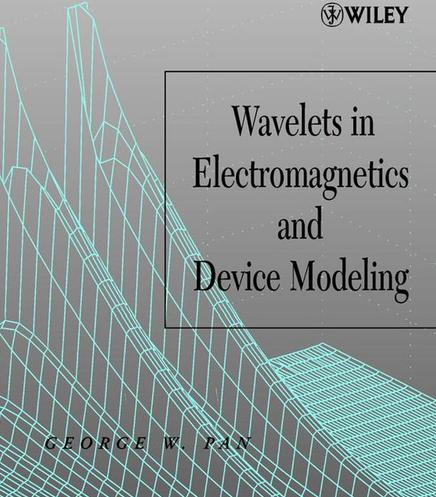sseekkaarr
Newbie level 2
can someone help me to access IEEE papers? I need Kane S. Yee
Numerical solution of initial boundary value problems involvin maxwells equations in isotrpic media IEEE Trans. Antennas and Propagation vol.14,1966 pp 302-307
Numerical solution of initial boundary value problems involvin maxwells equations in isotrpic media IEEE Trans. Antennas and Propagation vol.14,1966 pp 302-307
